Back to Courses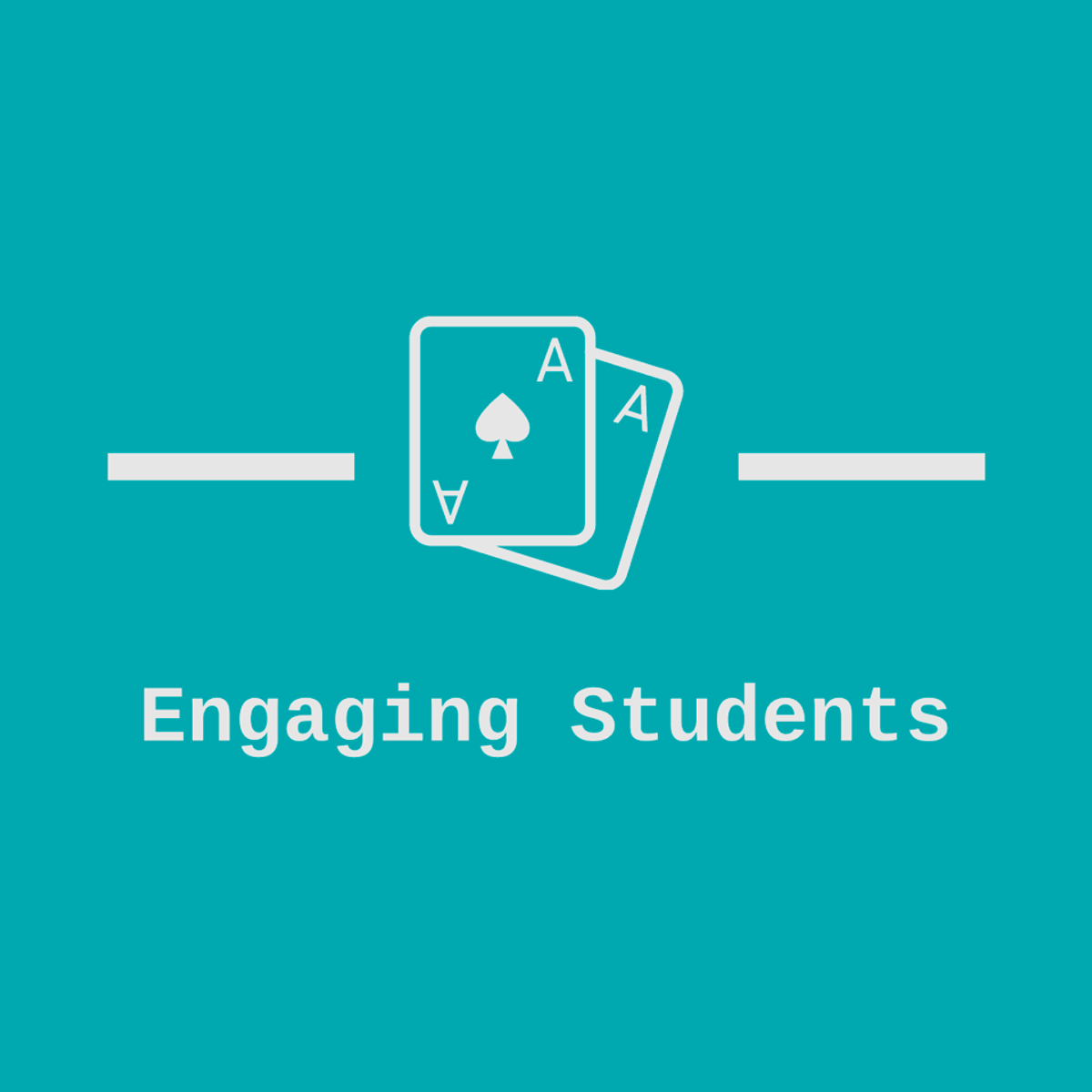
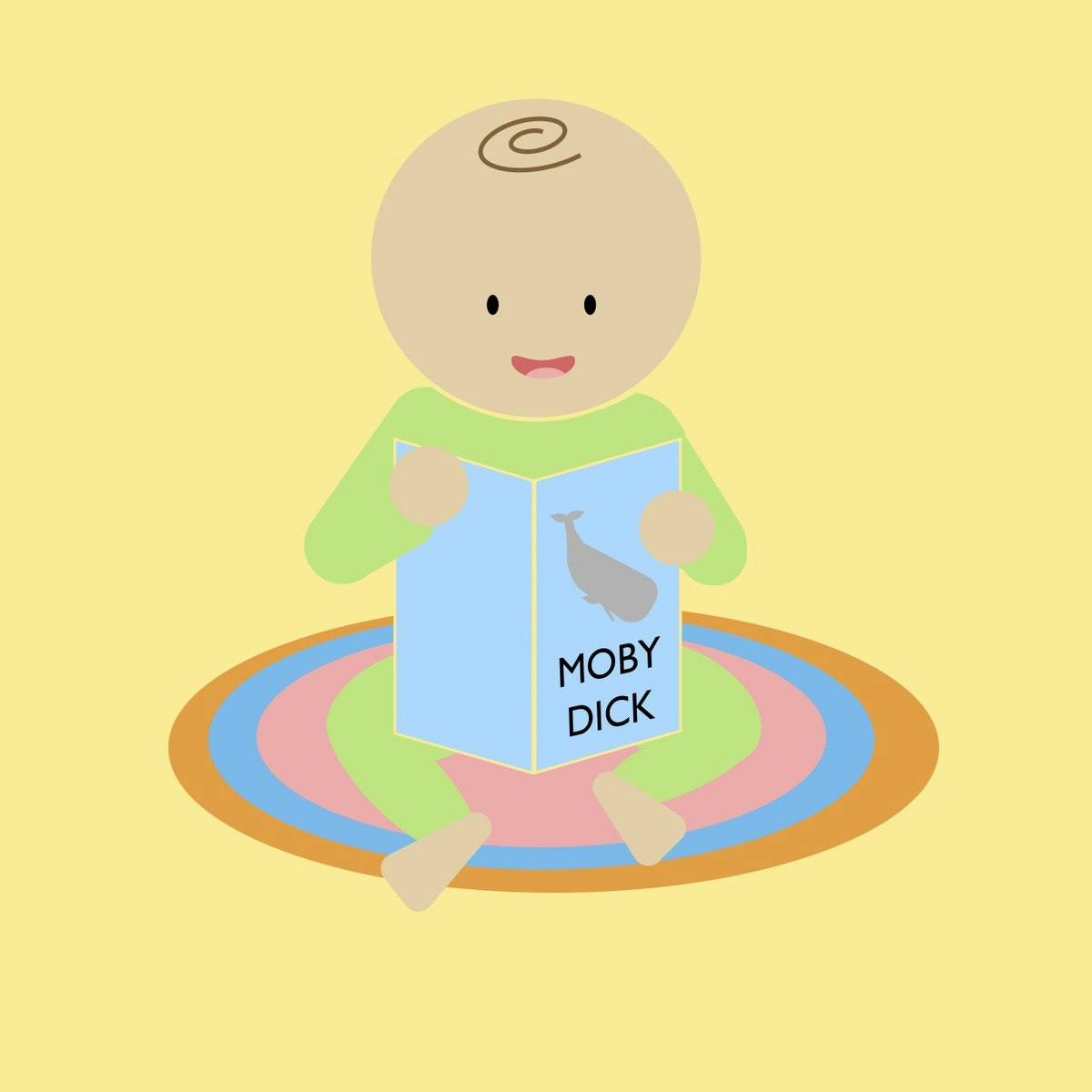



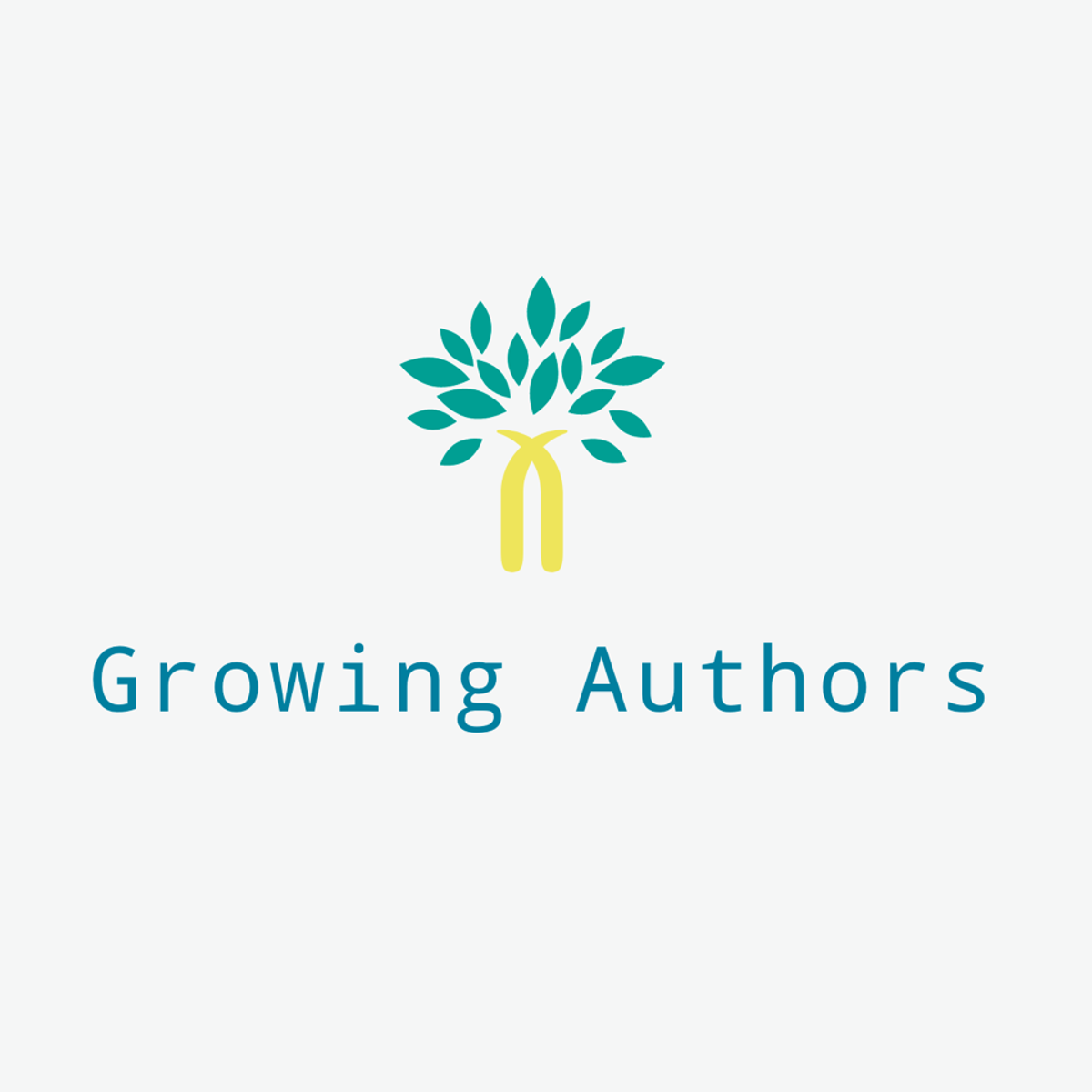

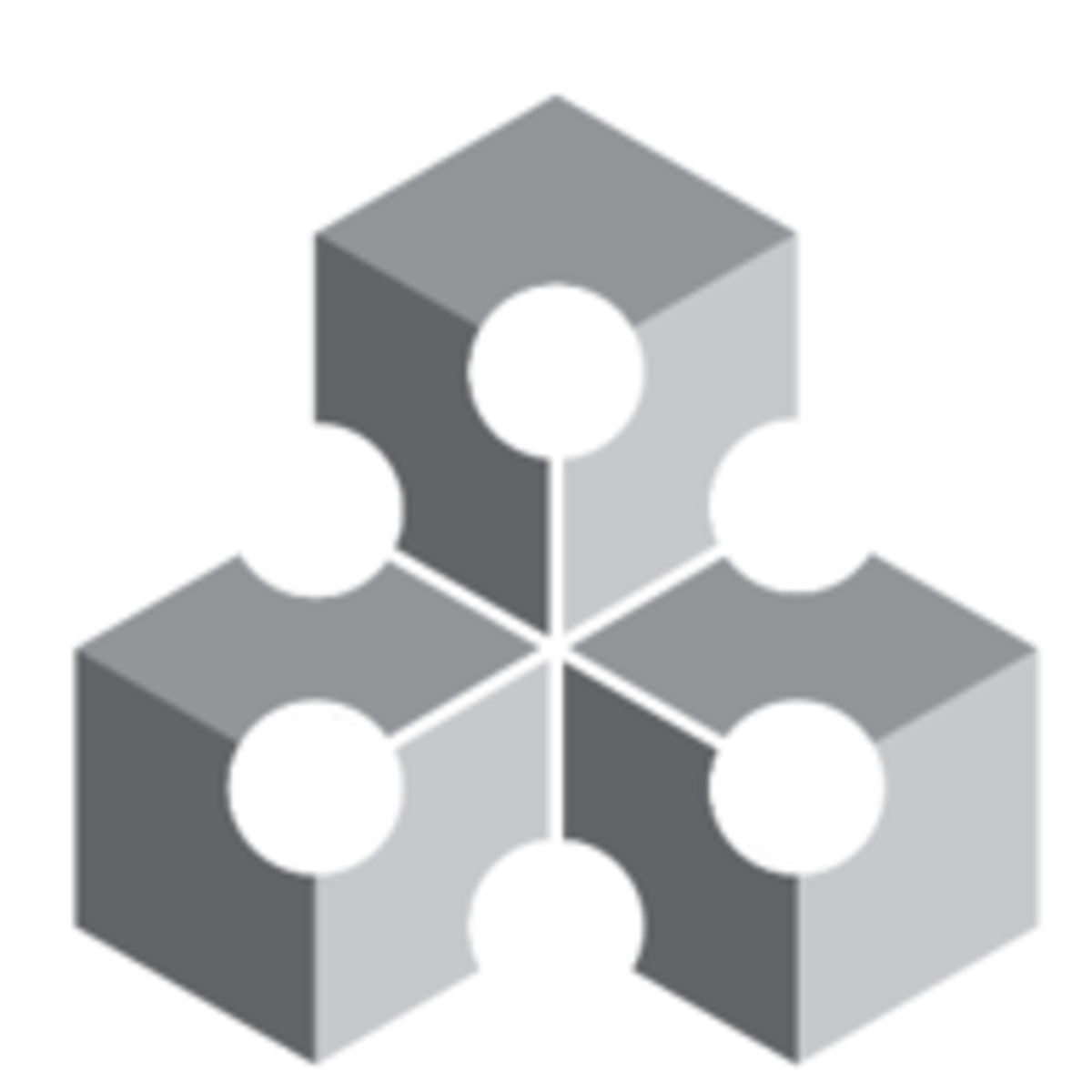
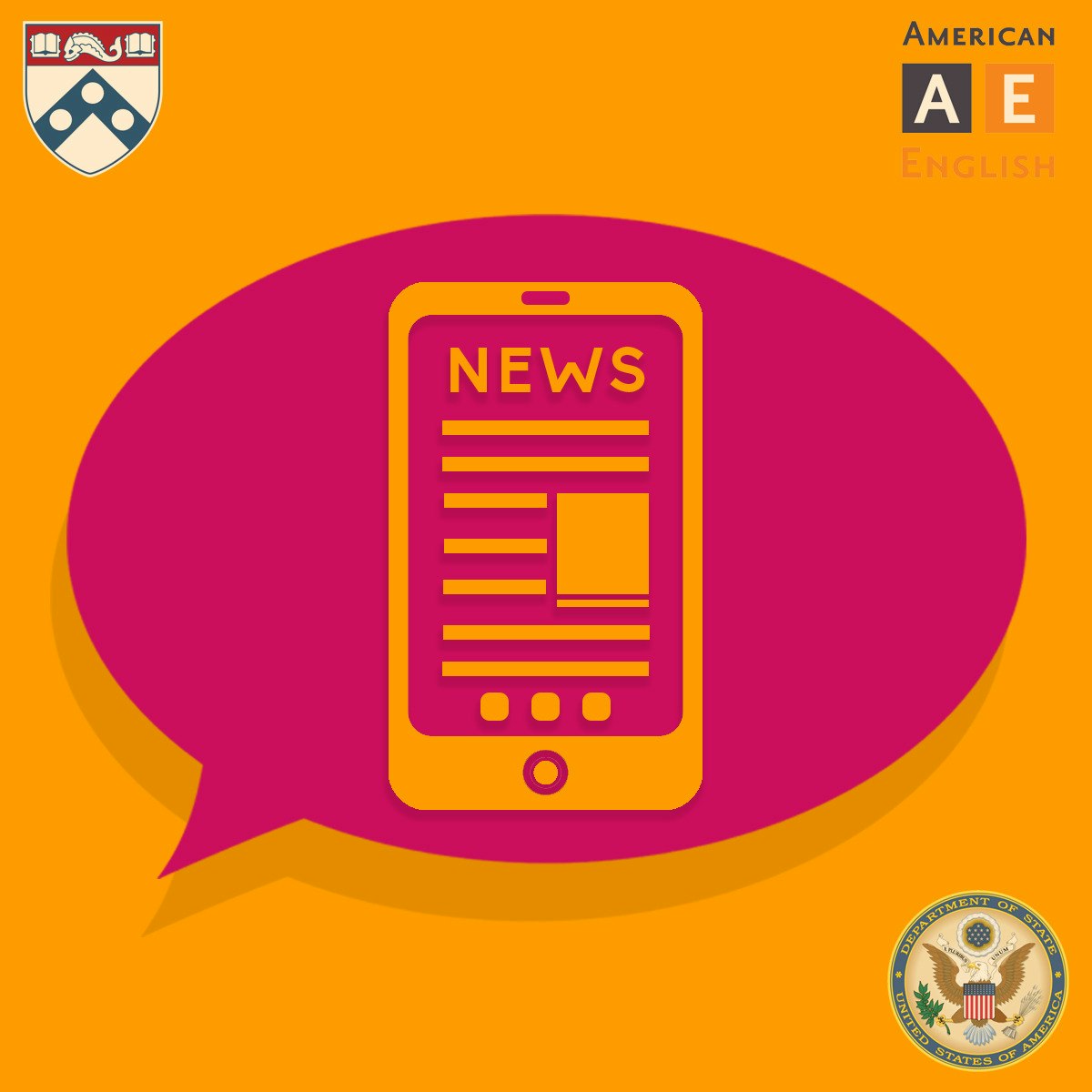

Social Sciences Courses - Page 27
Showing results 261-270 of 672

Building Classroom Community Using Flipgrid
By the end of this project, you will be fluent in using Flipgrid to connect your students as a community and to celebrate their work. You will also learn how to connect with other teachers and other classes through activities on Flipgrid. Teaching is constantly evolving. As we learn more about our students, we uncover new ways to ensure that they are not just learning - they are thriving. When we can connect our tech-savvy students to tech-connected learning, while also providing greater visual appeal, our students are more likely to enjoy learning. Flipgrid allows students to learn through connections with their peers - social media harnessed for education!
Once you are confident with using Flipgrid, you will be amazed at the learning opportunities that arise. Why limit yourself to connections within your school? You could use Flipgrid to connect with schools and students all around the world. Bring greater awareness and interactivity to your classroom through Flipgrid. The opportunities are endless.
Flipgrid is “a simple, free, and accessible video discussion experience for PreK to PhD educators, learners, and families.”
*You will need a Google or Microsoft account in order to access Flipgrid. Sign up for free before starting our project and you’ll be good to go!

Children Acquiring Literacy Naturally
In this short course you will explore the possibility that children might acquire written language in a way that is similar to how they acquire spoken language—without instruction. You will encounter various aspects of behavioral science and technology that are relevant to this proposition. You will have the opportunity to learn the the perceptual, cognitive, and neurological capacities of children during their first years of life. You will advance your understanding of children and how they learn language. You will also be more attuned to current advances in the technology of human machine interactions, and what these phenomena imply for learning to read at an early age.

Animals, Self, and Society
This course explores how animals and people are situated within the web of structures and connections known as “society.” Module 1 considers some of the key symbolic roles that animals play in society by investigating the practice of “thinking with animals.” We investigate how people construct different meanings of animals and the implications these meanings have for both animals and humans. You will gain first-hand experience of this by analyzing how animals are represented in the media. Modules 2 and 3 investigate human-animal relationships, including those that involve suffering as well as those that are beneficial. Although many people describe their pets as friends or family members, Module 2 takes a deeper dive into what constitutes friendship and family membership where other species are concerned. Module 3 examines the dark side of these relationships, focusing on animal abuse and its relationship to domestic violence. Module 4 focuses on people’s encounters with those animals outside the boundaries of the home and the farm. The way people understand and regard the species commonly considered “wild” shapes the treatment and moral status of these animals.

The Global Financial Crisis
Former U.S. Secretary of the Treasury Timothy F. Geithner and Professor Andrew Metrick survey the causes, events, policy responses, and aftermath of the recent global financial crisis.

Setting Up a Digital Library with EPIC
By the end of this project, you will have created a digital library for students that will connect them to over 40,000 digital books while giving teachers the ability to assign books to students and view student progress. EPIC is an invaluable tool for the tech-connected classroom. Whether used in the classroom, for virtual learning, or at home, EPIC allows all children to have access to quality books, audiobooks, and videos to encourage their love of reading. If you are looking for ways to motivate young readers or ensure that access to books is never a problem for growing readers, join me as we learn how to use EPIC to help all students succeed.
*You will need a free EPIC account for this project.

Growing Great Writers with Writable
By the end of this project, you will be an expert at using Writable to run a more effective writing program. With its library of assessments, writing prompts, and countless opportunities for practice and feedback, Writable is sure to help your students flourish as proficient writers. Throughout the project, we will work together to ensure that you can confidently use Writable with your students right away.
*You will need a free Google or Microsoft account for this project.

Student Self-Assessment with Microsoft Word
By the end of this project, you will have created a self-report card and a behaviour reflection form for student self-reflection. You will also be equipped with suggestions for how to use these documents with students. Encouraging our students to reflect on their learning is one of many goals we have as teachers. One valuable way to do this is by allowing our students to share their perspective on the school year. What areas are going well for them? What areas do they see where they could grow? When students identify their own areas for growth, they will be more motivated to set goals to improve in these areas and work to achieve those goals. Throughout each task, we will work together to create documents that you can use with students for self-reflection and can also be used with parents to show their child’s perspective on their school year.

Network Dynamics of Social Behavior
How do revolutions emerge without anyone expecting them? How did social norms about same sex marriage change more rapidly than anyone anticipated? Why do some social innovations take off with relative ease, while others struggle for years without spreading? More generally, what are the forces that control the process of social evolution –from the fashions that we wear, to our beliefs about religious tolerance, to our ideas about the process of scientific discovery and the best ways to manage complex research organizations?
The social world is complex and full of surprises. Our experiences and intuitions about the social world as individuals are often quite different from the behaviors that we observe emerging in large societies. Even minor changes to the structure of a social network - changes that are unobservable to individuals within those networks - can lead to radical shifts in the spread of new ideas and behaviors through a population. These “invisible” mathematical properties of social networks have powerful implications for the ways that teams solve problems, the social norms that are likely to emerge, and even the very future of our society.
This course condenses the last decade of cutting-edge research on these topics into six modules. Each module provides an in-depth look at a particular research puzzle -with a focus on agent-based models and network theories of social change -and provides an interactive computational model for you try out and to use for making your own explorations!
Learning objectives - after this course, students will be able to...
- explain how computer models are used to study challenging social problems
- describe how networks are used to represent the structure of social relationships
- show how individual actions can lead to unintended collective behaviors
- provide concrete examples of how social networks can influence social change
- discuss how diffusion processes can explain the growth social movements, changes in cultural norms, and the success of team problem solving

English for Journalism
Welcome to English for Journalism, a course created by the University of Pennsylvania, and funded by the U.S. Department of State Bureau of Educational and Cultural Affairs, Office of English Language Programs.
To enroll in this course for free, click on “Enroll now” and then select "Full Course. No certificate."
This course is designed for non-native English speakers who are interested in developing the skills needed for a career in modern journalism. In this course, you will explore print and digital media through authentic readings and video lectures, while expanding your vocabulary and increasing your ability to read, research, and develop local and global news stories. Unit 1 will provide an introduction to the history and principles of journalism. In unit 2, you will learn how to research, pitch, and interview. The next unit in the course will focus on the language needed to write newspaper and magazine articles, while unit 4 will cover the basics of broadcasting the news. In the final unit of the course, you will analyze the growth, impact, and challenges of digital news, while completing a reflection assignment that allows you to think about and discuss the recent changes to the field of journalism.
Unless otherwise noted, all course materials are available for re-use, repurposing and free distribution under a Creative Commons 4.0 Attribution license.
Supplemental reading materials were provided by Newsela, which publishes daily news articles at a level that's just right for each English language learner.

Google Workspace for Education: Getting Started
This is a Google Cloud Self-Paced Lab.
Learn about Google Workspace for Education: how to create an organizational structure, how to set up organizational units and groups, and how to set up user accounts.
Google Workspace for Education is a set of Google apps and services that are tailored for schools and homeschools that allow for collaboration, streamlined instruction and safe online learning. Google Workspace for Education offers multiple editions to meet your organization’s needs.
